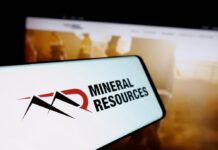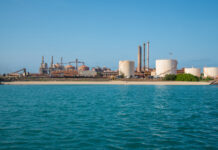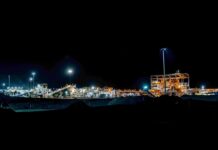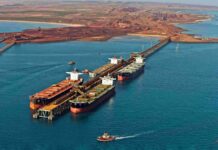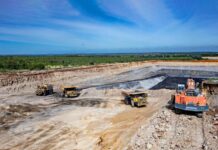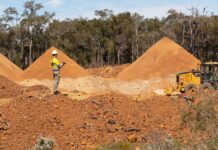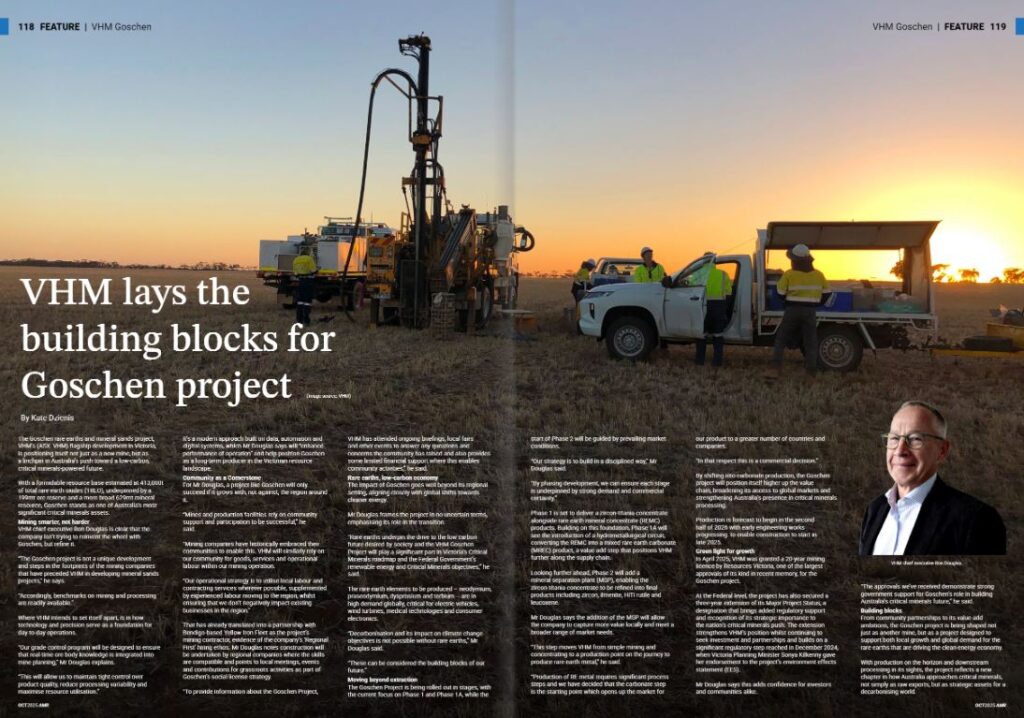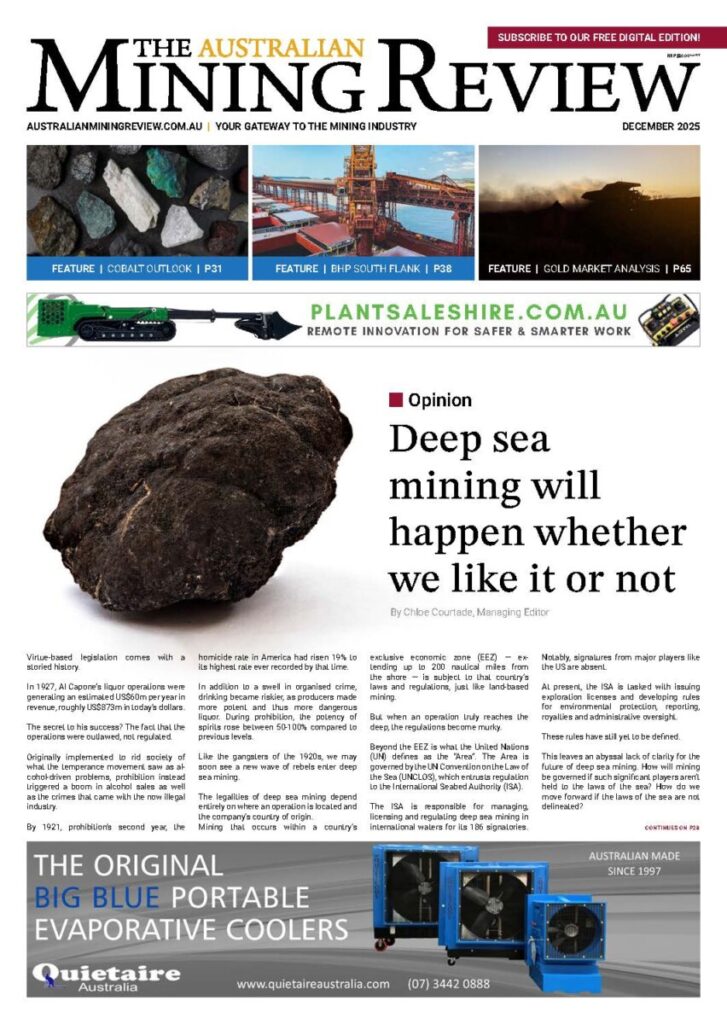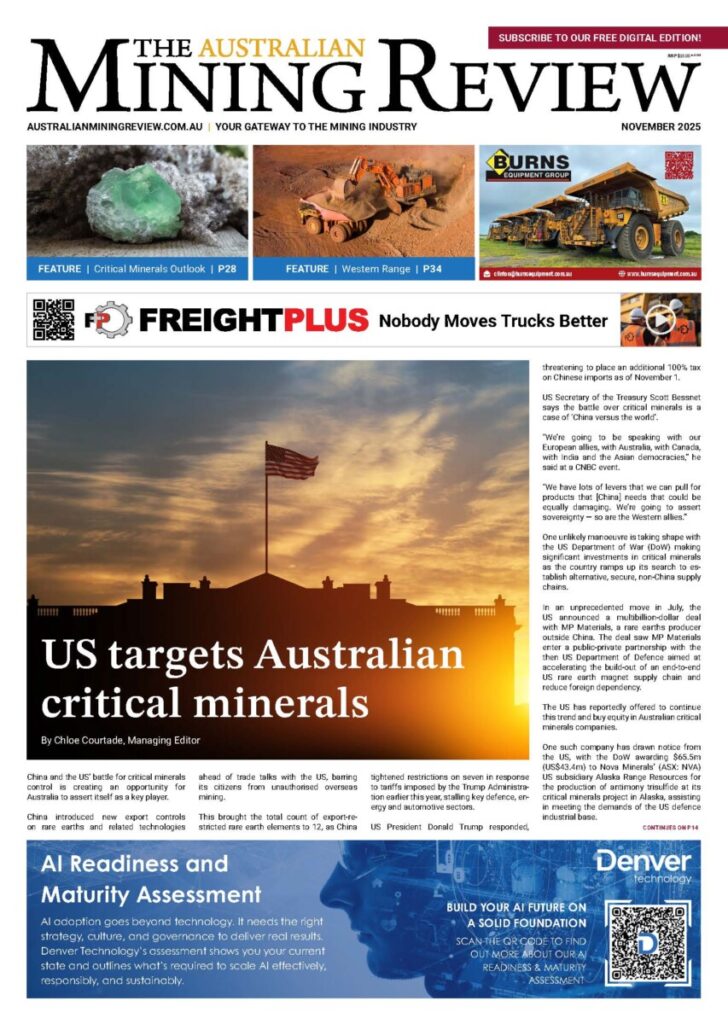VHM lays the building blocks for Goschen project
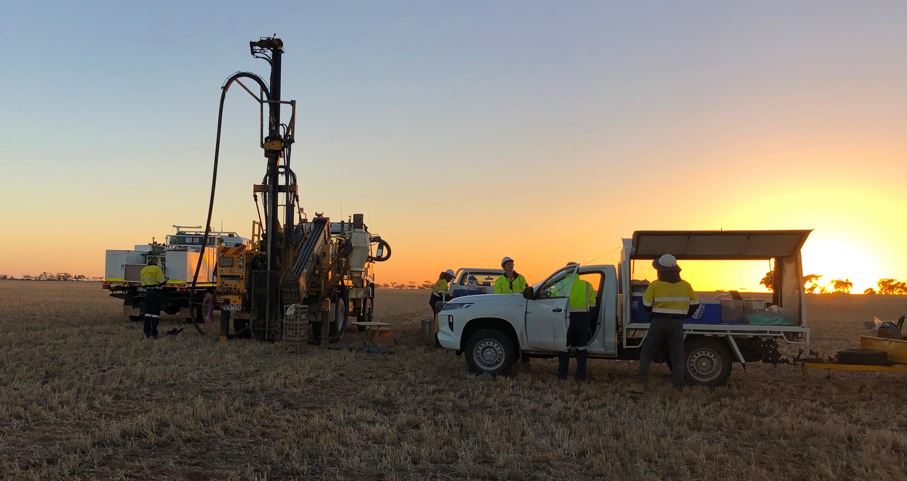
The Goschen rare earths and mineral sands project, VHM’s (ASX: VHM) flagship development in Victoria, is positioning itself not just as a new mine, but as a linchpin in Australia’s push toward a low-carbon, critical minerals-powered future.
With a formidable resource base estimated at 413,000t of total rare earth oxides (TREO), underpinned by a 199mt ore reserve and a more broad 629mt mineral resource, Goschen stands as one of Australia’s most significant critical minerals assets.
Mining smarter, not harder
VHM chief executive Ron Douglas is clear that the company isn’t trying to reinvent the wheel with Goschen, but refine it.
“The Goschen project is not a unique development and steps in the footprints of the mining companies that have preceded VHM in developing mineral sands projects,” he says.
“Accordingly, benchmarks on mining and processing are readily available.”
Where VHM intends to set itself apart, is in how technology and precision serve as a foundation for day-to-day operations.
“Our grade control program will be designed to ensure that real-time ore body knowledge is integrated into mine planning,” Mr Douglas explains.
“This will allow us to maintain tight control over product quality, reduce processing variability and maximise resource utilisation.”
It’s a modern approach built on data, automation and digital systems, which Mr Douglas says will “enhance performance of operation” and help position Goschen as a long-term producer in the Victorian resource landscape.
Community as a Cornerstone
For Mr Douglas, a project like Goschen will only succeed if it grows with, not against, the region around it.
“Mines and production facilities rely on community support and participation to be successful,” he said.
“Mining companies have historically embraced their communities to enable this. VHM will similarly rely on our community for goods, services and operational labour within our mining operation.
“Our operational strategy is to utilise local labour and contracting services wherever possible, supplemented by experienced labour moving to the region, whilst ensuring that we don’t negatively impact existing businesses in the region.”
That has already translated into a partnership with Bendigo-based Yellow Iron Fleet as the project’s mining contractor, evidence of the company’s ‘Regional First’ hiring ethos. Mr Douglas notes construction will be undertaken by regional companies where the skills are compatible and points to local meetings, events and contributions for grassroots activities as part of Goschen’s social license strategy.
“To provide information about the Goschen Project, VHM has attended ongoing briefings, local fairs and other events to answer any questions and concerns the community has raised and also provides some limited financial support where this enables community activities,” he said.
Rare earths, low-carbon economy
The impact of Goschen goes well beyond its regional setting, aligning closely with global shifts towards cleaner energy.
Mr Douglas frames the project in no uncertain terms, emphasising its role in the transition.
“Rare earths underpin the drive to the low carbon future desired by society and the VHM Goschen Project will play a significant part in Victoria’s Critical Minerals roadmap and the Federal Government’s renewable energy and Critical Minerals objectives,” he said.
The rare earth elements to be produced – neodymium, praseodymium, dysprosium and terbium – are in high demand globally, critical for electric vehicles, wind turbines, medical technologies and consumer electronics.
“Decarbonisation and its impact on climate change objectives is not possible without rare earths,” Mr Douglas said.
“These can be considered the building blocks of our future.”
Moving beyond extraction
The Goschen Project is being rolled out in stages, with the current focus on Phase 1 and Phase 1A, while the start of Phase 2 will be guided by prevailing market conditions.
“Our strategy is to build in a disciplined way,” Mr Douglas said.
“By phasing development, we can ensure each stage is underpinned by strong demand and commercial certainty.”
Phase 1 is set to deliver a zircon-titania concentrate alongside rare earth mineral concentrate (REMC) products. Building on this foundation, Phase 1A will see the introduction of a hydrometallurgical circuit, converting the REMC into a mixed rare earth carbonate (MREC) product, a value-add step that positions VHM further along the supply chain.
Looking further ahead, Phase 2 will add a mineral separation plant (MSP), enabling the zircon-titania concentrate to be refined into final products including zircon, ilmenite, HiTi rutile and leucoxene.
Mr Douglas says the addition of the MSP will allow the company to capture more value locally and meet a broader range of market needs.
“This step moves VHM from simple mining and concentrating to a production point on the journey to produce rare earth metal,” he said.
“Production of RE metal requires significant process steps and we have decided that the carbonate step is the starting point which opens up the market for our product to a greater number of countries and companies.
“In that respect this is a commercial decision.”
By shifting into carbonate production, the Goschen project will position itself higher up the value chain, broadening its access to global markets and strengthening Australia’s presence in critical minerals processing.
Production is forecast to begin in the second half of 2026 with early engineering works progressing to enable construction to start in late 2025.
Green light for growth
In April 2025, VHM was granted a 20-year mining licence by Resources Victoria, one of the largest approvals of its kind in recent memory, for the Goschen project.
At the Federal level, the project has also secured a three-year extension of its Major Project Status, a designation that brings added regulatory support and recognition of its strategic importance to the nation’s critical minerals push. The extension strengthens VHM’s position whilst continuing to seek investment and partnerships and builds on a significant regulatory step reached in December 2024, when Victoria Planning Minister Sonya Kilkenny gave her endorsement to the project’s environment effects statement (EES).
Mr Douglas says this adds confidence for investors and communities alike.
“The approvals we’ve received demonstrate strong government support for Goschen’s role in building Australia’s critical minerals future,” he said.
Building blocks
From community partnerships to its value-add ambitions, the Goschen project is being shaped not just as another mine, but as a project designed to support both local growth and global demand for the rare earths that are driving the clean-energy economy.
With production on the horizon and downstream processing in its sights, the project reflects a new chapter in how Australia approaches critical minerals, not simply as raw exports, but as strategic assets for a decarbonising world.


